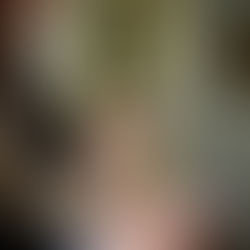Phonograph to Record
The phonograph is a device, invented in 1877, for the mechanical recording and reproduction of sound. In its later forms, it is also called a gramophone, or, since the 1940s, a record player. The sound vibration waveforms are recorded as corresponding physical deviations of a spiral groove engraved, etched, incised, or impressed into the surface of a rotating cylinder or disc, called a "record". To recreate the sound, the surface is similarly rotated while a playback stylus traces the groove and is therefore vibrated by it, very faintly reproducing the recorded sound. In early acoustic phonographs, the stylus vibrated a diaphragm which produced sound waves which were coupled to the open air through a flaring horn, or directly to the listener's ears through stethoscope-type earphones.

The phonograph was invented in 1877 by Thomas Edison. While other inventors had produced devices that could record sounds, Edison's phonograph was the first to be able to reproduce the recorded sound. His phonograph originally recorded sound onto a tinfoil sheet wrapped around a rotating cylinder. A stylus responding to sound vibrations produced an up and down or hill-and-dale groove in the foil. Alexander Graham Bell's Volta Laboratory made several improvements in the 1880s, including the use of wax-coated cardboard cylinders, and a cutting stylus that moved from side to side in a zig zag groove around the record. In the 1890s, Emile Berliner initiated the transition from phonograph cylinders to flat discs with a spiral groove running from the periphery to near the centre. Later improvements through the years included modifications to the turntable and its drive system, the stylus or needle, and the sound and equalization systems.
The disc phonograph record was the dominant audio recording format throughout most of the 20th century. From the mid-1980s on, phonograph use on a standard record player declined sharply because of the rise of the cassette tape, compact disc and other digital recording formats. Records are still a favourite format for some audiophiles and by DJs and turntablists in hip hop music, electronic dance music and other styles. Vinyl records are still used by some DJs and musicians in their concert performances. Some electronic dance music DJs and music producers continue to release their recordings on vinyl records. The original recordings of musicians, which may have been recorded on tape or digital methods, are sometimes re-issued on vinyl.





















